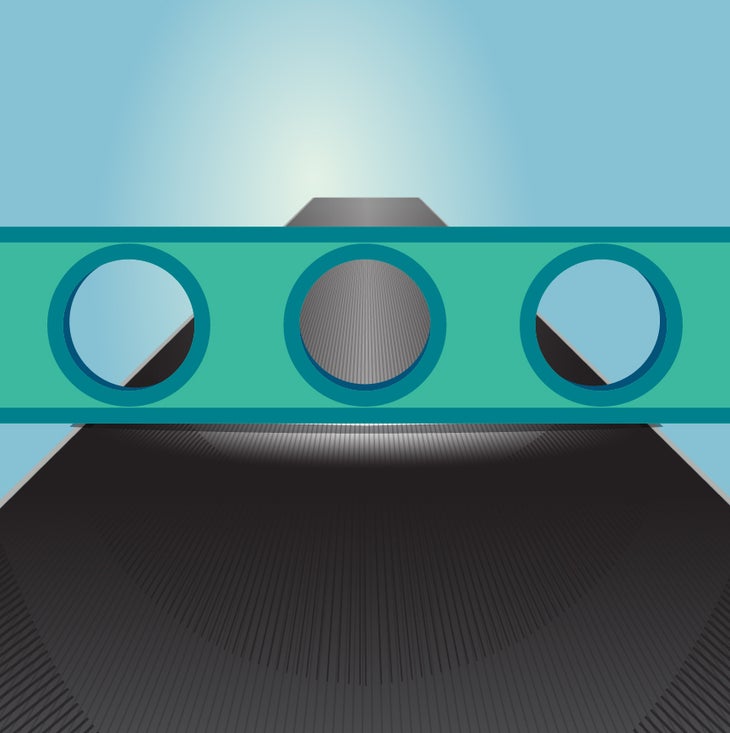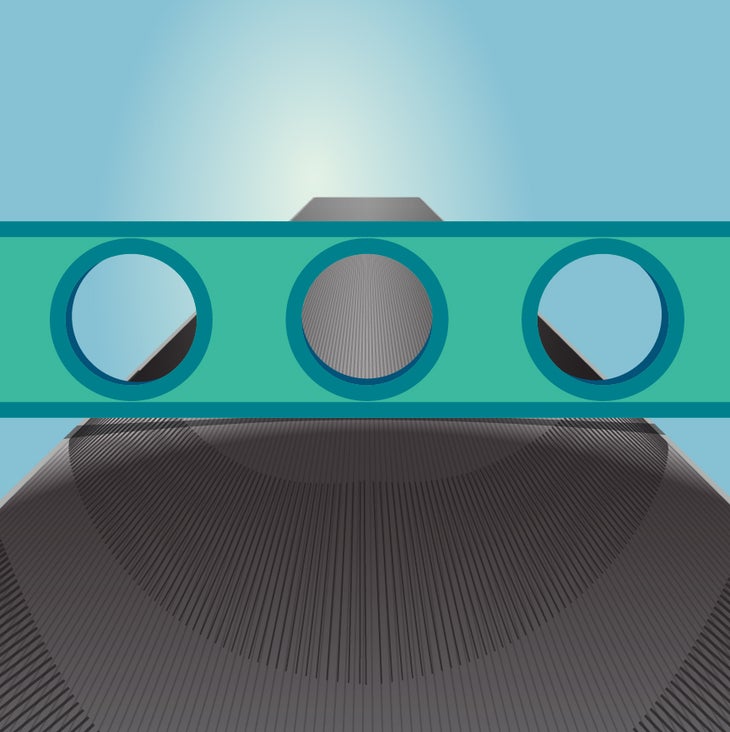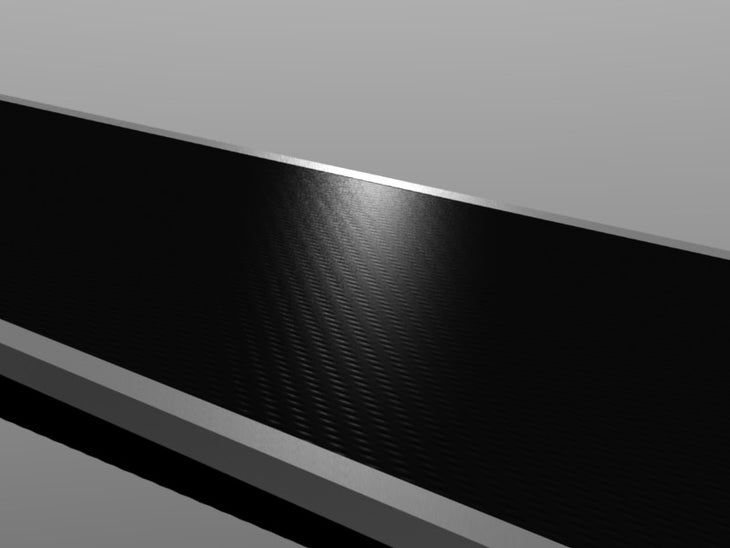Products You May Like
Get full access to Outside Learn, our online education hub featuring in-depth fitness, nutrition, and adventure courses and more than 2,000 instructional videos when you sign up for Outside+
Sign up for Outside+ today.
There’s nothing like starting a new ski season on a pair of new skis. But if that’s not in the budget this year, don’t fret—there’s a hack for making your old skis run like new: the stone grind, a process in which skis are fed through a grinding machine to level the bases and balance the edges.
Even if you regularly do all the recommended ski maintenance—you wax the bases, sharpen the edges, and store your skis properly after each use—odds are your skis could use a professional reset at the start (or end) of the season. A stone grind does just that. Leif Sunde, professional ski technician and owner of the Denver Sports Lab in Golden, Colo., outlines the three main benefits of a stone grind.
3 Reasons to Pay for a Stone Grind
1. Restore base flatness
Over time, ski bases can become warped and lead to inconsistent performance. To check the flatness of a ski’s base, hold the ski on your shoulder with the base facing up and place a true bar (or level) across the base from edge to edge.
“If you see excessive light in the middle of the ski, your base is concave and the edges will feel overly aggressive,” Sunde explains. “If the level indicates a high point in the middle of the base, your base is convex, and the edges will feel almost nonexistent. In either case, your skis should get a stone grind to bring them back to flat.”
Concave Base

Convex Base

2. Optimize glide
You’ve probably noticed that new and professionally tuned skis have structured bases, i.e. a visible pattern in the base material of the ski. “The structure that you see on the base of your ski is like the tread on a tire—it directs water away from the base to optimize the ski’s acceleration and stability,” explains Sunde. If you can’t discern an obvious pattern in your skis’ bases, it’s time for a stone grind.

3. Repair base structure
Beyond optimizing performance, sometimes ski bases can become damaged or contaminated by chemicals in the snow, skin glue, or fluorinated waxes, explains Sunde. “In these cases, a stone grind can be a helpful and sometimes necessary tool to reset the condition of your base.”
Leif Sunde is the owner, Denver Sports Lab, Golden, Colo. A highly experienced ski technician, he founded the Denver Sports Lab to make Olympic level tunes available to the public.
More Ski Tuning How-Tos
Waxing 101
Sharpening ski edges: a step-by-step tutorial
Why ski techs want you leave your base edges to the pros
